Six Sigma: Yellow Belt Certification
Course Description
Lean Six Sigma is an extremely powerful methodology, capable of saving organisations vast amounts of money and time. Having the skills, knowledge and understanding given by Lean Six Sigma is increasingly important in today’s workplace. Organisations want their employees and consultants to know how to make processes more efficient, how to increase the quality of products and how to save time and money that can ultimately be reinvested back into the organisation.
This Yellow Belt training course will develop your knowledge of Lean Six Sigma, enabling you to deliver full end to end projects using this methodology. In this course we will cover:
- Quality. What quality is, its importance and delivery options.
- Lean. What is Lean, its history, the 8 key wastes, value adding and non-value adding steps, how to create value within your process and more.
- Six Sigma. What is Six Sigma, its history, good quality vs. Six Sigma quality, the project management approach of DMAIC, roles and more.
- The customer. Looking at the voice of the customer and establishing what is critical to quality.
- The DMAIC end to end project management process: The bulk of the course will show you how to identify, build and deliver successful projects using the Lean Six Sigma methodology, and how to ensure you maximise its benefits!
- Exam. As well as tools and other resources, an exam and certificate of completion is offered at the end of this course.
Once you have completed this course, you will be able to deliver project support or full end to end projects using the Lean Six Sigma methodology and tools. This skill is now in high demand as organisations look to stay competitive in todays market, so delivering savings and efficiencies on a large scale will set you apart from the crowd.
Course breakdown
- Introduction
- What is the purpose of this course?
- Quality
- What is quality?
- Why a focus on quality is important
- The 7 tools of quality
- What is Lean?
- History of Lean
- VA vs. NVA
- Creating value
- Process
- What is Six Sigma?
- History of Six Sigma
- Good quality vs. Six Sigma quality
- Six Sigma in action
- Belts & roles
- Overview
- Y = f(x)
- Pre-project activities
- Tollgate
- Scenario
- Purpose of define
- Project Charter
- Project Charter: Project name
- Project Charter: Problem statement
- Project Charter: Goals statement
- Project Charter: Scope
- Project Charter: Roles
- Project Charter: Timeline
- Project Plan
- Stakeholder Analysis
- Communication Plan
- SIPOC mapping
- VOC capture
- VOC capture: Who is our customer?
- VOC capture: Interviews
- VOC capture: Point of use observation
- VOC capture: Focus groups
- VOC capture: Surveys
- VOC capture: Kano Analysis
- VOC capture: CTQ Tree
- Define TOLLGATE
- Purpose of measure
- Map out the process
- Data Collection Plan
- Data collection
- Identify the key Ys
- MSA
- Check process stability & capability
- Measure TOLLGATE
- Purpose of analyse
- Establish process Sigma
- Root cause analysis: An introduction
- RCA: Fishbone Diagram
- RCA: 5 Whys
- Identify the key Xs
- Control Impact Matrix
- Analyse the process
- Gap analysis
- Analyse TOLLGATE
- Purpose of improve
- Develop potential solutions
- Solution selection: An introduction
- SS: Solution Selection Matrix
- SS: Multivoting
- Pilot test
- Implementation Plan
- Implement solution
- Map new process
- Improve TOLLGATE
- Purpose of control
- Control Plan
- Control measures
- Control charts
- Documentation update
- Benefits realisation
- Close project
- Case study example of LSS YB being deployed
- Review of key learnings
- Hints and tips
- Exam
- Thank you


